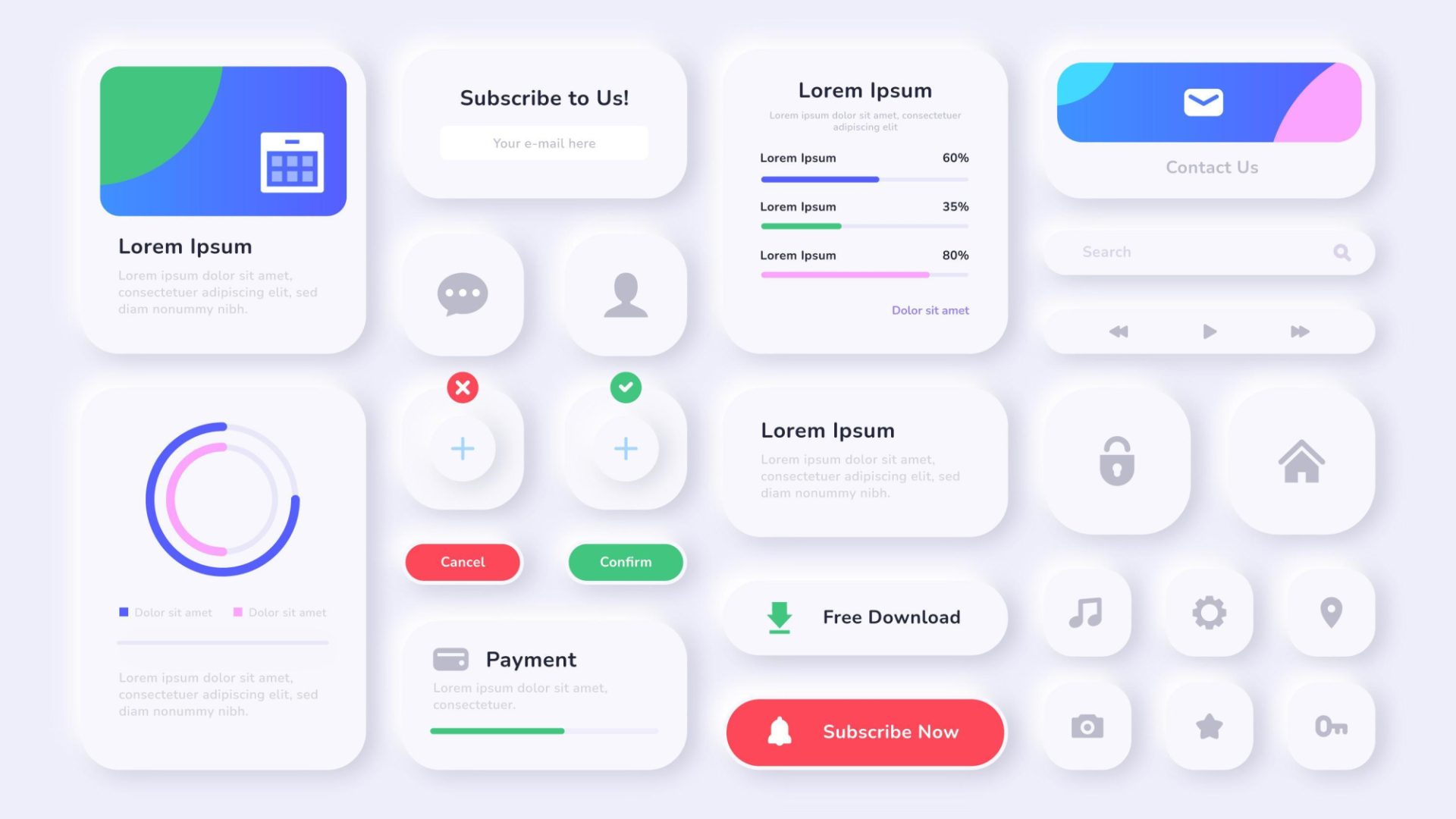UI/UX Design, short for User Interface and User Experience Design, is the process of creating visually appealing and user-friendly digital products. UI Design focuses on the visual elements, while UX Design focuses on the overall user experience. By considering aesthetics, functionality, and user needs, Pixelforce UI/UX Design services aim
to create seamless and engaging experiences that drive customer satisfaction and business success.
Understanding User Needs and Expectations
We focus on understanding the user's experience and their needs & and expectations. Through extensive research and analysis, we gain valuable insights into your target audience, their behaviours, and their preferences. This knowledge allows us to create UI/UX designs for websites, mobile or web apps that are tailored to meet your audiences requirements. By putting the user at the centre of our design process, we ensure that every interaction with your digital product is intuitive, engaging, and visually appealing.
A Data-Driven Design Process
Our design process at PixelForce involves more than just creativity and aesthetics. We believe in data-driven decision-making. We fine-tune and enhance our user-centred designs through thorough A/B testing and user feedback, aiming to provide the optimal user experience. By leveraging quantitative and qualitative data, we can confidently create designs that not only meet but exceed user expectations. Our commitment to crafting experiences goes beyond aesthetics; it is rooted in a deep understanding of user behaviour and preferences.
Critical components of UI/UX Design
User Interface (UI) design for mobile apps and website development involves careful consideration of several key components:
Screen layout: arrangement of buttons, menus, and content on the different content delivery platforms.
Touch interaction: creating touch-friendly elements for smooth user interaction.
Navigation: build the web/mobile app with seamless navigation elements.
Icons and imagery: selection of icons reflecting intended actions and easily recognizable visuals.
Typography: legible fonts and sizes to enhance readability
Consistency: maintaining a consistent theme for cohesive user experience
Gestures and animation: incorporating gestures like tapping, swapping, and pinching to guide users seamlessly.
User Experience (UX) design in mobile app development focuses on creating a user-friendly and enjoyable interaction. Key components of UX design include:
User research
Wireframing and prototyping
Information architecture
Visual and Interactive design
Accessibility
Perfect your UI/UX design with PixelForce
With our expertise in UI/UX Design services, we can help you enhance customer satisfaction, increase user retention, and ultimately drive business growth. Whether you are looking to revamp an existing interface or create a brand-new website design or mobile application from scratch, our team is here to assist you every step of the way. We take pride in our attention to detail, commitment to quality, and ability to deliver designs that align with your unique brand identity.
Ready to enhance your business success through innovative design? Contact us to delve deeper into UI/UX design services or book a free consultation. Let's shape a design strategy that propels your business to new heights together.
FAQs
Why is UX/UI design important for my website or app?
UX/UI design is crucial for your website or app because it directly influences user satisfaction and engagement. An intuitive and visually appealing design enhances user experience, increases retention, and ultimately contributes to the success of your digital platform.
How can UX/UI design contribute to the success of a business or product?
Effective UX/UI design contributes significantly to business success by attracting and retaining users. A well-designed interface not only enhances user satisfaction but also builds trust, fosters brand loyalty, and ultimately drives positive outcomes for the business or product.
What role does user feedback play in the UI/UX design process?
User feedback is like a compass for UI/UX design. It shows us where things are tricky, what users like, and where we can do better. This helps us make sure the final design is what users expect and exceeds their expectations. Listening to users' experiences helps us keep them at the centre, making your digital product more successful.
